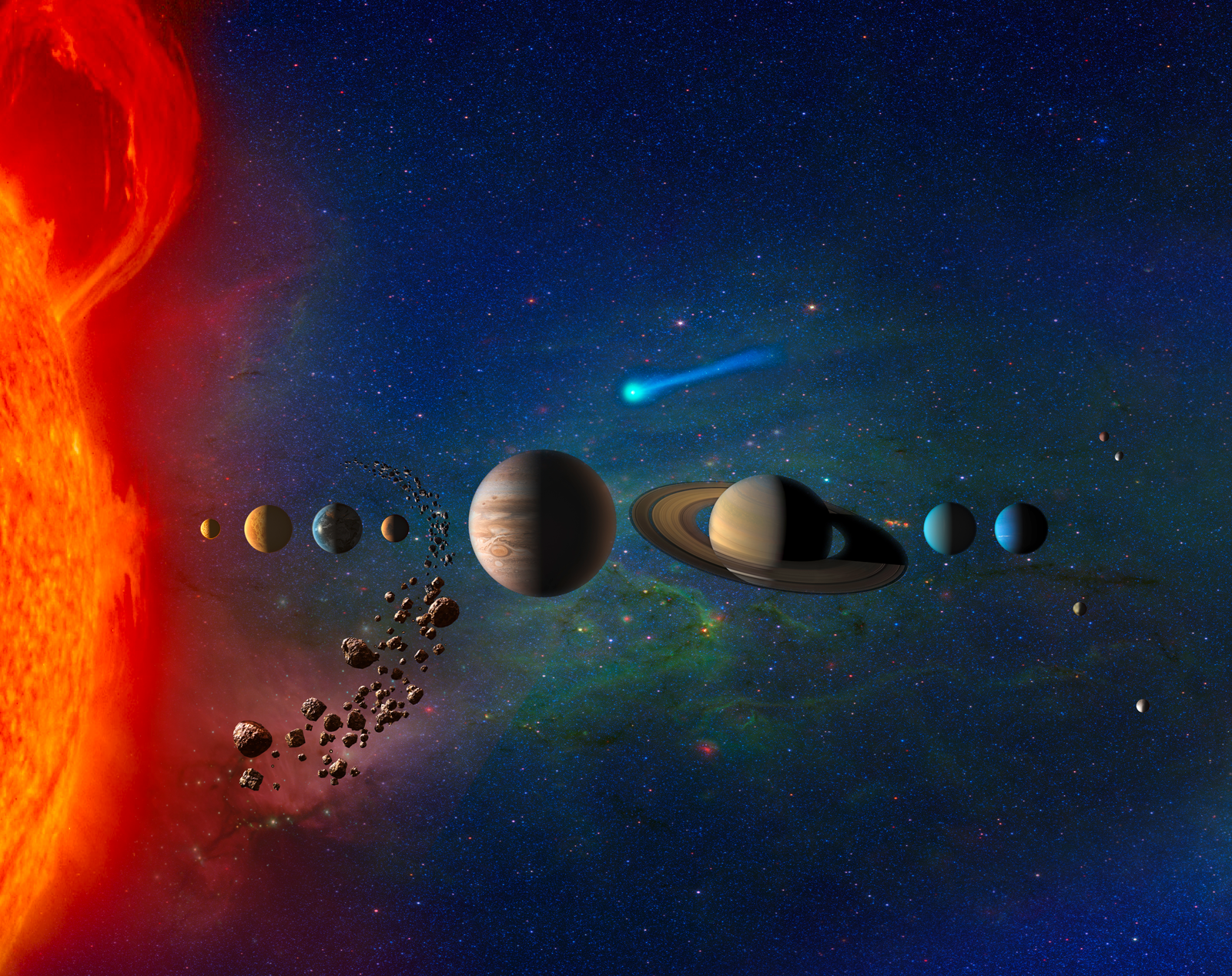Overview
Unlocking the Mysteries of the Solar System
NASA is helping humanity answer profound questions about the nature of the solar system and our place in it. How did the solar system form and evolve? What are the hazards to Earth? Is there life out there? These are the questions we seek to answer, as we work to expand the frontiers of knowledge and opportunity in space.
Through the Planetary Missions Program, we’re sending a steady cadence of robotic spacecraft to the planets, moons and smaller bodies that make up our galactic neighborhood. Our fleet of space robots is out there right now exploring destinations from the innermost planet to the farthest reaches of our Sun’s influence.
About the Program Office
In 2014, NASA formed the Planetary Missions Program Office to bring the Discovery, New Frontiers and Solar System Exploration missions into a common management system. The missions in each series are independent, with their own unique science goals. Our main job is to help them succeed.
We provide oversight and insight throughout the life of each mission. We ensure that missions meet their goals safely and make wise use of NASA’s investments. We also advocate for the use of new technology to improve performance. And we strive to broaden university, industry and public participation in NASA’s planetary missions.
Our office is located at NASA’s Marshall Space Flight Center in Huntsville, Alabama. We’re part of the agency’s Science Mission Directorate in Washington.
About Our Flight Programs
We’re overseeing a fleet of missions led by NASA and scientists around the world. The missions vary in size, cost and complexity. Our programs also include “missions of opportunity” that enable the U.S. science community to participate in non-NASA missions or to use existing NASA spacecraft for a new mission.
Discovery
The goal of NASA’s Discovery Program is to provide frequent flight opportunities for high-quality, high-value, focused, planetary science investigations that can be accomplished under a not-to-exceed cost cap. By conducting a series of planetary science investigations, NASA will provide a mechanism by which pressing questions in planetary science may be addressed, permitting a steady improvement in our understanding of planetary systems and the processes that affect them. The frequent, steady nature of the investigations will ensure a continuing stream of fresh scientific data to the planetary science community, thus helping to maintain the excellence of the U.S. planetary science program and to inspire the next generation of investigators.
New Frontiers
New Frontiers investigation proposals are solicited via the Announcement of Opportunity (AO) process. Each mission proposal is led by a principal investigator (PI) who is typically affiliated with a university or research institution. The PI selects team members from industry, small businesses, government laboratories and universities to develop the scientific objectives and instrument payload.
The New Frontiers Program seeks to contain total mission cost and development time and improve performance using validated new technologies, efficient management, and control of design, development and operations costs while maintaining a strong commitment to flight safety. NASA is committed to the principles of open competition and merit review as a key to excellence.
Solar System Exploration
Solar System Exploration missions vary in scope — from small, focused investigations to large, strategic missions of national importance. These include our “flagship” missions to answer the most compelling and challenging questions about our solar system. Because of their complexity, NASA usually assigns these missions directly to a NASA center or other implementing organization.
























